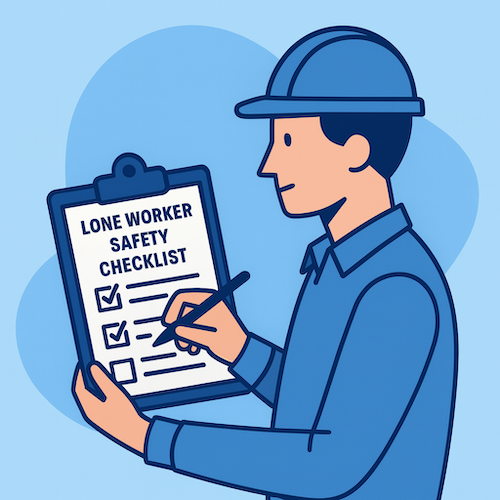

Under the Health and Safety at Work etc. Act 1974, UK employers must ensure the health, safety and welfare of their staff. This duty extends to employees who work alone — technicians, drivers, cleaners, surveyors, and remote workers.
The Health and Safety Executive (HSE) requires companies to assess lone-working risks and put control measures in place. Yet many organisations stop at providing a device or mobile app without defining a full response protocol.
The Neovigie Lone Worker Safety Checklist was created to help safety officers and managers structure a comprehensive programme — from hazard identification to emergency response — and to demonstrate HSE compliance through clear, auditable actions.
The checklist guides you through 11 practical steps that turn legal obligations into day-to-day procedures:
Following these steps provides the documentation needed for internal audits or external inspections.
Technology alone does not guarantee safety. An effective programme connects devices with human action — ensuring every alarm triggers the right response within seconds.
The Neovigie checklist helps you bridge that gap, mapping each alert type to a verified response chain and ensuring accountability at every level.
It also supports integration with control rooms or monitoring partners, helping organisations meet HSE INDG73 and Lone Working Guidance recommendations on communication, supervision, and emergency planning.
The checklist can serve as:
Sectors such as utilities, local authorities, logistics, construction, and healthcare can use it to document compliance and demonstrate proactive duty of care.
Good lone-worker management is a continuous process. The checklist encourages yearly reviews of equipment reliability, incident feedback, and training effectiveness.
By formalising these reviews, organisations move from minimal compliance to genuine prevention culture — reducing incident rates and improving worker confidence.
Ensure your organisation meets HSE lone-working standards with a structured, practical framework.
Download Neovigie’s free checklist to:
👉 Download the complete Lone Worker Safety Checklist